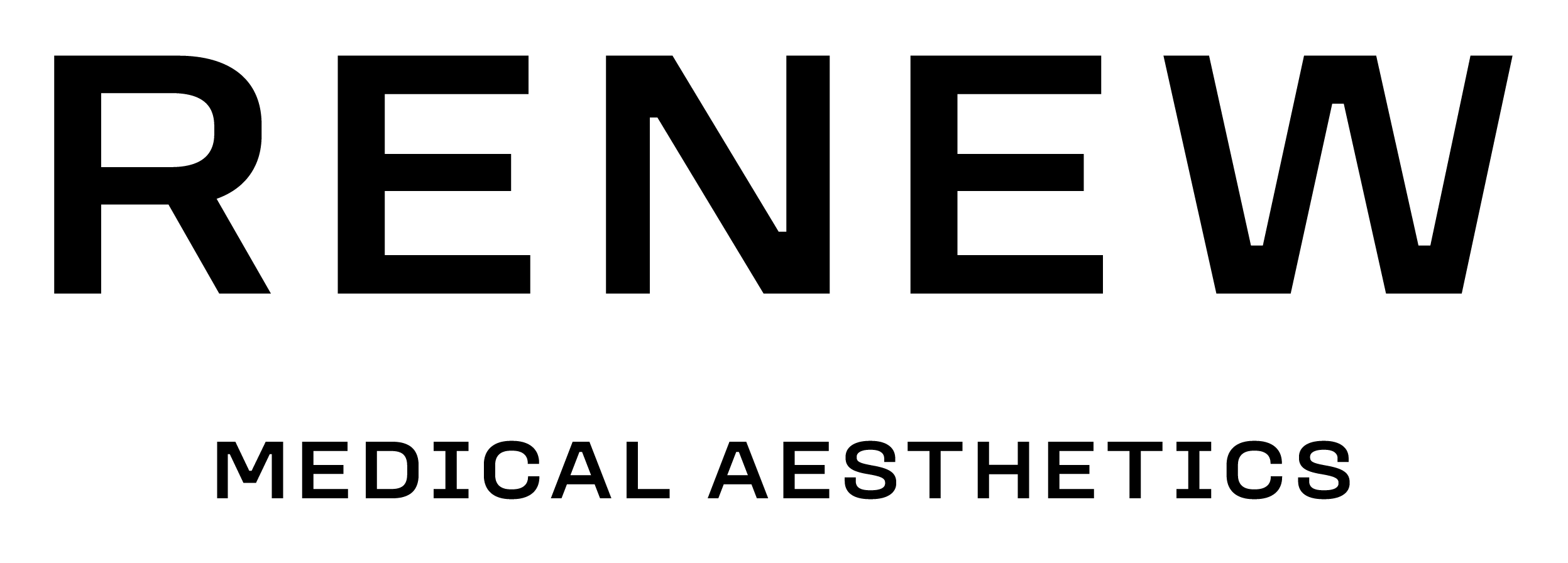Chemical Peels
A Renew Classic TreatmentOne of our most popular skin rejuvenation treatments at Renew Medical Aesthetics is a superficial Chemical Peel. We tailor the treatment to address your particular skin concerns including hyperpigmentation, acne-like conditions and fine lines + wrinkles.
Glutaceuticals® Pep Talk
A quick yet potent pick me up for your complexion. This non-drying formulation will polish and refine your skin in an instant.
Featuring a blend of powerful acids, Glutathione, AHAs, BHAs, Encapsulated Retinol Complex, Kaolin, and Green Tea/Aloe to polish your complexion instantly without drying out
CLINICCARE Superficial Chemical Peels
We offer a selection of superficial chemical peels from the CLINICCARE range. These alpha/ beta hydroxy acid chemical peels have been developed for professional use only. They are ideal for unveiling a fresh, even and luminous complexion and encouraging skin cell regeneration.
Glow AHA Peel
For hyperpigmentation, age spots and dull, tired skin.
Main active ingredients: Glycolic Acid (28%), Mandelic Acid (6%), Kojic Acid (4%), Arbutin (2%)
Pure BHA Peel
For troubled and/ or sensitive skins and acne-like conditions.
Main active ingredients: Salicylic Acid (20%), Lactic Acid (12%), Glycolic Acid (12%)
Refresh AHA Peel
For fine lines, wrinkles and skin rejuvenation.
Main active ingredients: Glycolic Acid (48%), Phytic Acid (4%), Kojic Acid (2%)
Dermaceutic Chemical Peels
Dermaceutic Mask Peel (30% Glycolic Acid)
A very superficial peel, for treating acne, oily skin, removing dead skin and deeply cleansing.
Dermaceutic Milk Peel (50% Glycolic Acid)
A superficial chemical peel with 50% glycolic acid, salicylic and lactic acids. For fine wrinkle reduction, skin lightening, oily skin regulation and spot treatment.
The Perfect Peel® Chemical Peels
The Perfect Peel® Superblend
A hybrid superficial/ medium-depth peel to transform skin with minimised downtime.
The Perfect Peel®
A cult-favourite blended, medium-depth peel to transform skin in one week.
What Are Chemical Peels?
Chemical peels are used to improve the appearance of the skin on the face, neck or hands. A chemical solution is applied to the skin that causes it to exfoliate and eventually peel off. The new, regenerated skin is usually smoother and less wrinkled than the old skin.
SUPERFICIAL PEELS
Improve the outer layer of the skin or the superficial layers.
MEDIUM DEPTH PEELS
Improve both the superficial and mid layers.
DEEP PEELS
Peeling extends into the deeper layers of the skin.
What are chemical peels?
The use of chemical peels to soften and improve the appearance of the skin, dates back to the ancient Egyptians. Little did they know that they were benefiting from the superficial skin peeling effects of hydroxy acids; lactic acid in the milk they were bathing in and tartaric acid in the grape skins they rubbed on their skin. Today, scientists have identified numerous forms of acid which can be used to induce beneficial changes for our skin, including salicylic acid, trichloroacetic acid (TCA) and phenol.
The procedure known as chemical peeling (or chemexfoliation to give it its proper name) involves the application of a chemical solution to the surface of the skin to produce the careful removal of its outer layers. The amount of skin removed will depend on the type of chemical used, the strength of this product and how long it is left on the skin.
What skin problems can chemical peels treat?
Chemical peels can be used on most areas of the body, but the commonest use is to improve the appearance of sun damaged skin on the face, or the backs of the hands.
They can also be used to improve certain skin spots, blemishes or lesions such as acne and actinic keratosis. If you are considering having a chemical peel, you must go to an experienced practitioner as the success of the treatment depends on a variety of factors. Your skin type and the problem which requires attention both need to be investigated fully by you and your practitioner.
Below is a list of the treatments and the type of skin problems which they can reduce:
SUPERFICIAL PEELS
Can help to lessen rough skin texture, dry or flaking skin, fine lines due to sun damage, mild acne marks, “age spots” (brownish patches which can be caused by sun damage) and balancing irregular skin tones (i.e. skin which may be uneven in colour.)
MEDIUM DEPTH PEELS
Can reduce small wrinkle lines, some acne scars, and certain pigmentation problems (again, making different coloured skin more even.)
DEEP PEELS
Can help to reduce the appearance of deeper lines, wrinkles and scars.
PLEASE BE AWARE: chemical peels may not change your pore size, or improve loose skin (saggy skin generally needs to be treated by surgery), or deal with deep scarring.
What happens during a chemical peel?
At your first consultation with a practitioner, you should explain what you expect from the treatment and how you would like to look afterwards. He or she should tell you exactly what the treatment will involve and how long it will take for you to recover from it. A medical history should be taken by the practitioner, to ensure that there are no reasons why you shouldn’t have the treatment. Once this is established, you would normally be asked to read some detailed information and sign a consent form indicating that you have understood the potential benefits and risks associated with the peel procedure recommended.
Photographs may also be taken by the practitioner, for use as a “before and after” comparison at a later date.
Depending on the depth of peel and combination of peels used, different treatment procedures are recommended.
You would normally be asked to avoid any changes in your normal skincare routine 1 – 2 weeks prior to peel treatment. Things to avoid include electrolysis (facial hair removal), an exfoliating facial, sunbathing, tanning beds, or the use of any new creams as these could alter your response to the peeling agent. What happens next depends on the type of peel used.
How much does a Chemical Peel cost?
Renew’s Chemical Peel treatment prices are based on the type of peel being used and whether it is a superficial or medium-depth product.
Thank you so much to Kelly and her team for sorting out my skin. As someone who has struggled for years with acne prone sensitive skin I finally decided to get some help and I am so glad I did. I have gone from someone who wouldn’t feel comfortable unless I had full coverage foundation on to now just wearing spf most days. I know I am in expert hands with Kelly. She has simplified my skincare and recommended treatments which have made my skin look so much better. I trust her completely with my skin and know she will never do any treatment that is unnecessary or would give an unnatural look. It also helps that Kelly and her team are really lovely which puts you completely at ease. I hope to continue coming here for many years and would highly recommend Renew Medical Aesthetics to anyone wishing to have aesthetic treatments.
Laura, Congleton
After being self conscious about the spots on my chest for years Kelly was the first person to take interest in helping me and prescribed me with some amazing creams! They worked so quickly and within months my skin was completely clear. I was finally confident to wear clothes that exposed that part of my skin after hiding for years. I wish I could add a photo because the before and after pictures are amazing! Thank you so much.
Rosie, Sheffield
My skin peel worked a treat. After suffering terrible acne during my teens its a great relief to finally have this wonderful product available. My damaged skin looks years younger! Thank you Renew.
Rachel, Cheadle


